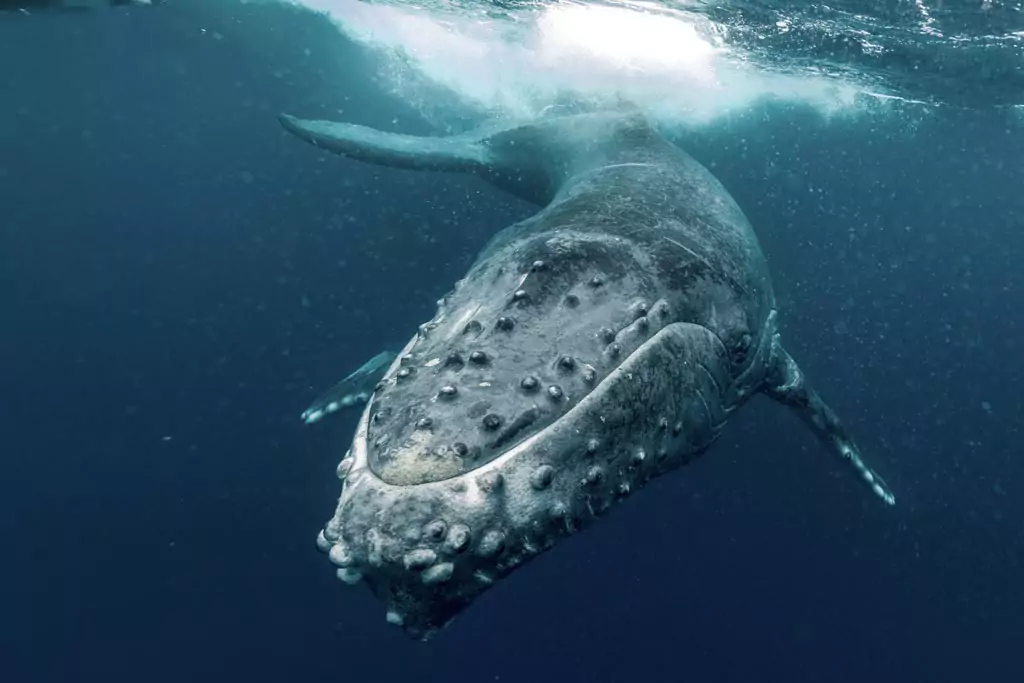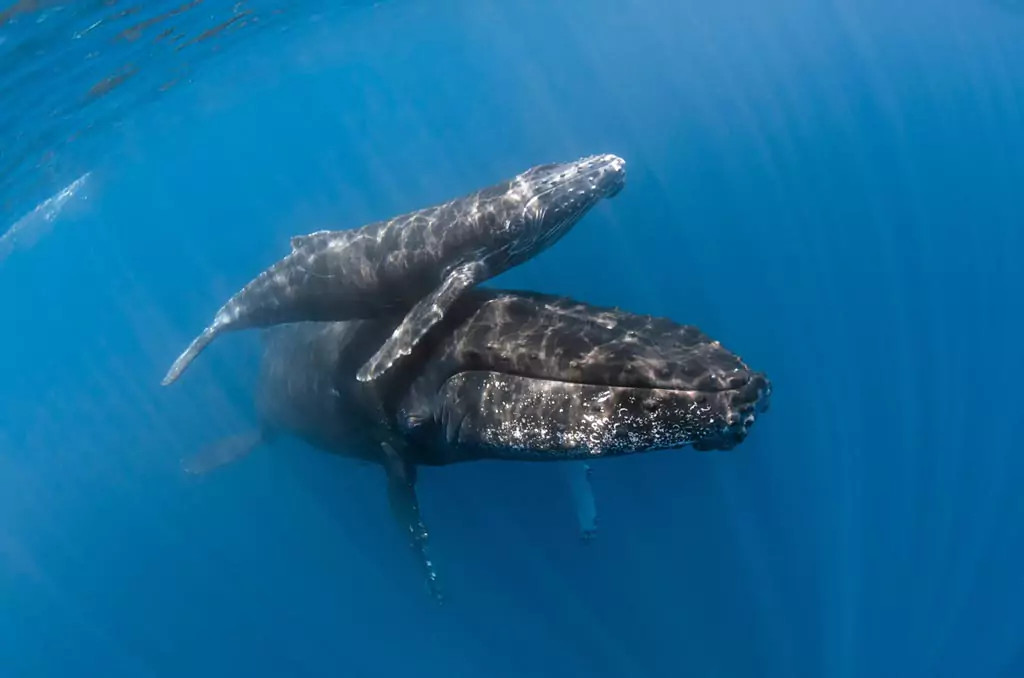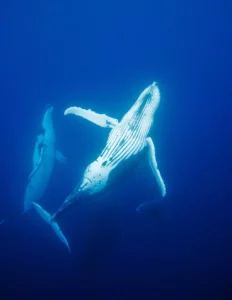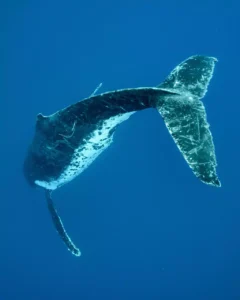An In-depth Exploration
The humpback whale, a magnificent creature of the deep, has long been a subject of fascination for marine biologists and ocean enthusiasts alike. Their intricate songs, acrobatic displays, and sheer size captivate the imagination. But one aspect of their life remains particularly intriguing: their mating habits. When do humpback whales mate? This article delves deep into the world of humpback whales to uncover the mysteries of their reproductive behaviors.
Key Takeaways:
- Humpback whales typically mate during their migration to warmer waters.
- Males compete for females through displays of strength and song.
- The gestation period for humpback whales is approximately 11 months.
- Humpback whales do not mate for life; they have multiple partners throughout their lifespan.

Humpback Whale Migration and Mating
The Journey to Warmer Waters
Every year, humpback whales embark on a long migration from their feeding grounds in colder regions to warmer waters. This migration serves a dual purpose: to give birth and to mate. As the whales travel, they engage in various behaviors that are crucial to their reproductive success.
The Role of Songs in Attraction
Male humpback whales are known for their hauntingly beautiful songs. These songs, which can last for hours, are not just for show. They play a vital role in attracting potential mates. Males sing to advertise their presence and to woo females. The complexity and length of the song can indicate the health and vitality of the singer, making it an essential tool in the mating game.
Displays of Strength and Dominance
Apart from their songs, male humpbacks also use physical displays to compete for females. These displays can include breaching, tail slapping, and even direct confrontations with other males. Such behaviors are meant to showcase their strength and dominance, ensuring that only the fittest males get to mate.

The Mating Process
Choosing a Partner
While males go to great lengths to attract females, it's ultimately the female humpback whale that chooses her mate. She will often be pursued by several males, leading to intense competition. The female will select the male she deems most fit, ensuring the best genes for her offspring.
Gestation and Birth
After mating, the female humpback whale embarks on an approximately 11-month gestation period. During this time, she will nourish and protect her developing calf. Once the time comes, she will give birth in the warm waters where she mated, providing a safe environment for her newborn.
Facts and Figures: Humpback Whale Reproduction
| Fact | Detail |
|---|---|
| Mating Season | Typically during migration to warmer waters |
| Gestation Period | Approximately 11 months |
| Number of Offspring | Usually one calf |
| Frequency of Mating | Multiple partners throughout life |
The Impact of Human Activities
Human activities, such as shipping, fishing, and even tourism, can have a significant impact on the mating habits of humpback whales. Noise pollution from ships can interfere with the songs of male humpbacks, making it difficult for them to attract mates. Additionally, entanglement in fishing nets and collisions with ships pose direct threats to these majestic creatures.

It's crucial to understand and respect the mating habits of humpback whales, not just out of curiosity but also to ensure their survival. As we continue to explore the depths of the ocean and the mysteries it holds, let's remember to tread lightly and coexist harmoniously with its inhabitants.
Frequently Asked Questions (FAQs) about Humpback Whale Mating
1. How often do humpback whales mate?
Humpback whales do not have a fixed mating schedule. Instead, they mate opportunistically during their migration to warmer waters. A female humpback whale can mate with multiple partners in a single season, ensuring genetic diversity for her offspring.
2. Do humpback whales mate for life?
No, humpback whales do not mate for life. While they form temporary bonds during the mating season, these bonds are short-lived. Both males and females can have multiple partners throughout their lives.
3. What is the significance of the humpback whale's song during mating?
The song of the male humpback whale plays a crucial role in attracting potential mates. These complex and lengthy songs are a display of the male's health and vitality. Females are believed to choose mates based on the quality of their songs.
4. How many calves does a humpback whale typically have?
A female humpback whale usually gives birth to a single calf after a gestation period of about 11 months. Twins are extremely rare in humpback whales.
5. How do humpback whales care for their young?
After giving birth, the mother humpback whale is highly protective of her calf. She will nurse it with rich milk and teach it essential life skills, such as breaching and hunting. The bond between the mother and calf is strong, and they remain together for about a year before the calf becomes independent.

Climate Change and Its Impact on Humpback Whale Mating
Climate change poses a significant threat to marine life, and humpback whales are no exception. Rising ocean temperatures can disrupt their migration patterns, affecting their mating habits. Additionally, changes in the availability of food sources can impact the health and vitality of these whales, making it challenging for them to reproduce successfully.
Conservation efforts are crucial in mitigating the effects of climate change on humpback whales. By understanding their mating habits and the challenges they face, we can take steps to ensure their survival for generations to come.





